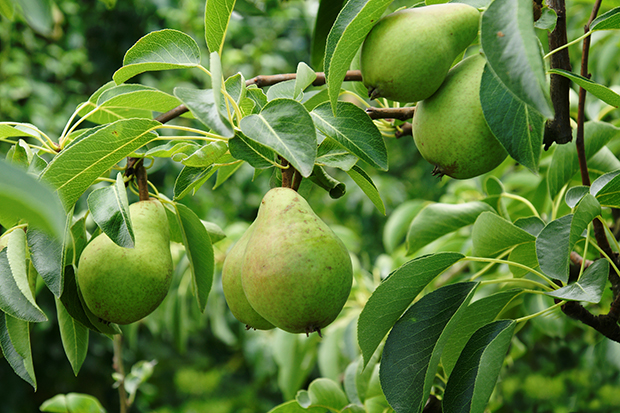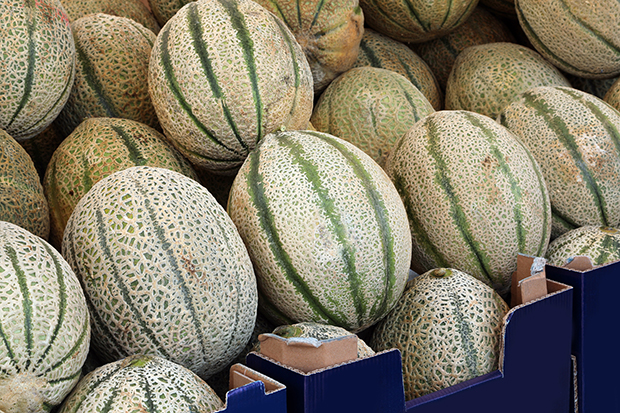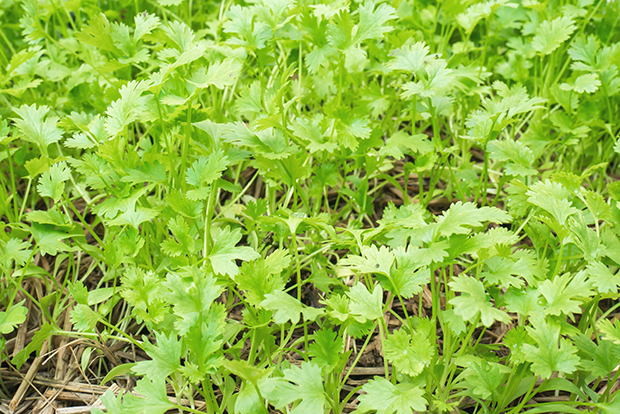9 garden tasks for the autumnal weather ahead

Time for your garden to say hello to the cooler weather.
Words: Jane Wrigglesworth
1. Apples and pears store well. Pick pears in semi-ripe condition (they ripen off the tree). Wrap each fruit in newspaper or tissue paper and place in a single layer on a tray or in a box. They can also be stored on slatted trays for good air circulation – don’t wrap them, and don’t let the fruit touch. Discard any damaged fruit as these will grow mould which can infect the whole harvest.
2. Plant seedlings of broccoli, cabbage, cauliflower, corn salad, land cress, lettuce, parsley, radishes, rosemary, silverbeet, spinach, spring onions, and thyme.
3. Keep ripening melons dry and off the ground to prevent rot and pest attack. Place each melon onto an upturned pot so they’re exposed to the sun.

4. Boost your garden soil. Vegetable gardens are often depleted of nutrients by the time autumn rolls around. Compost is the best all-round soil amendment. Add a 10cm layer of compost and lightly work it into the soil. If you’re not planting it out, the compost will decompose throughout winter and nutrients will seep into the soil, ready for immediate uptake by spring plants. Well-rotted animal manure, sawdust, and chopped leaves are also good to dig in or put over the top of soil over winter.
5. In warmer areas, sow beetroot, broccoli, cabbage, carrots, cauliflower, celery, kohlrabi, lettuce, radishes, and spinach. In cooler areas, sow under cloches.
6. Autumn is an ideal time to sow coriander, as it loves cooler weather. You’ll get harvestable leaves for about 4-6 weeks before it bolts, so sow more every two weeks for a regular supply.

7. Missed a courgette and now have a marrow? When they get this big, they can be stored for several weeks after harvesting, provided they have no bruises. Hang them in string bags, suspended on hooks in a cool, dry place.
8. If you’re planning to plant deciduous fruit trees in winter, prepare the soil now. Dig heavy soils and add sand or compost to improve drainage. Remove perennial weed roots as you go.
TIP: if you want specific varieties, order now so you don’t miss out when nurseries have trees available (usually mid-to-late winter for bareroot stock).
9. Plant Brussels sprouts. if you’re in a cooler part of NZ. In warmer regions, the higher temperatures cause the sprouts to open up and taste bitter. Before planting, dig in compost or well-aged manure. Ensure the soil is firm as the roots need to be firmly anchored to support the top-heavy plants. Stake stems in windy areas.
Love this story? Subscribe now!
 This article first appeared in NZ Lifestyle Block Magazine.
This article first appeared in NZ Lifestyle Block Magazine.
